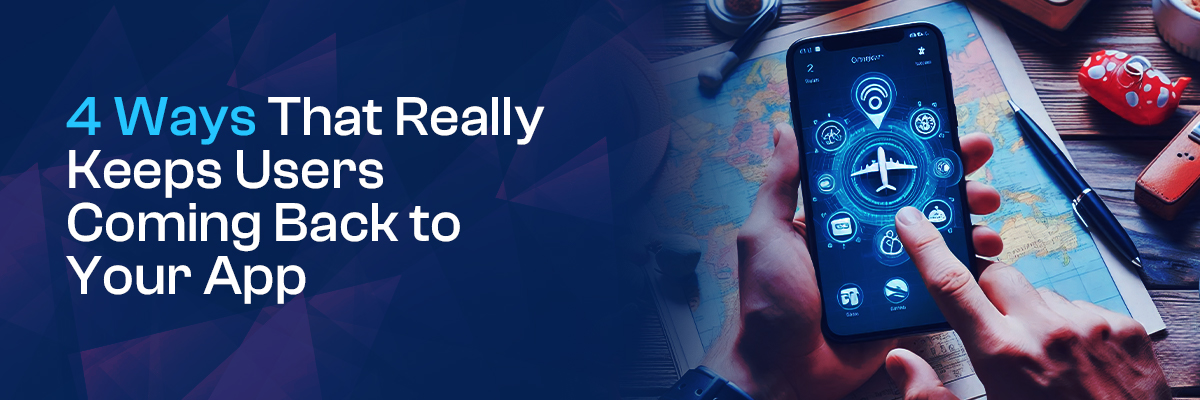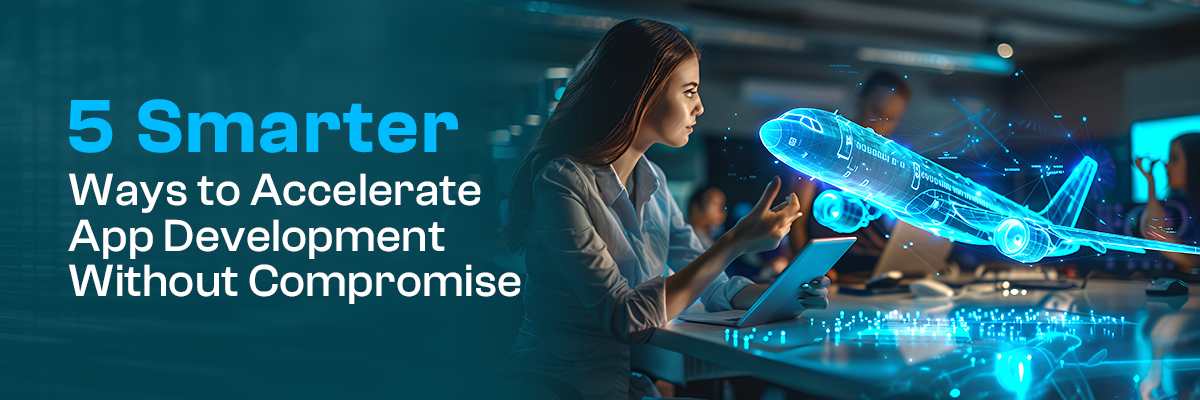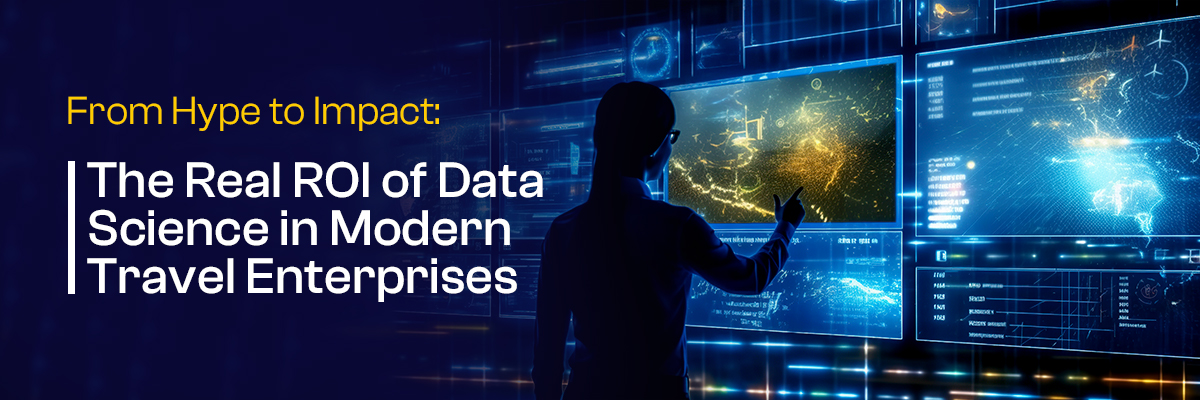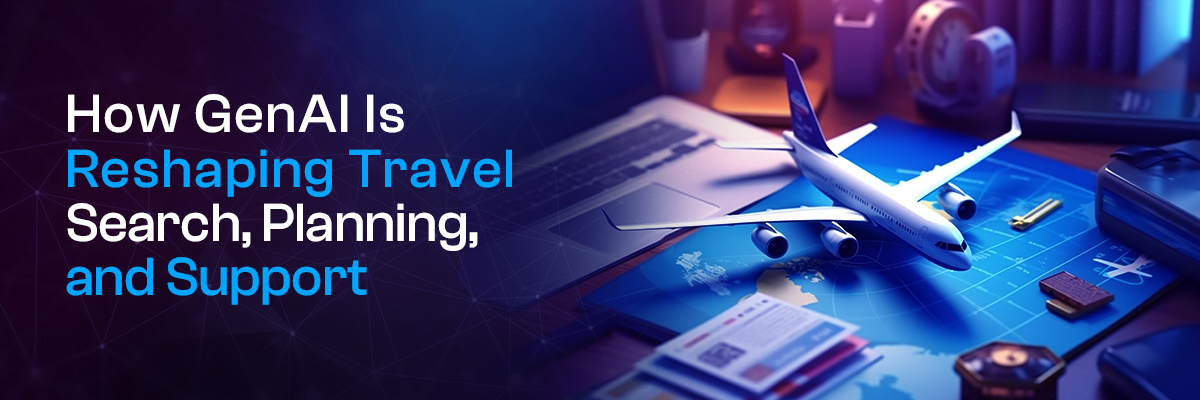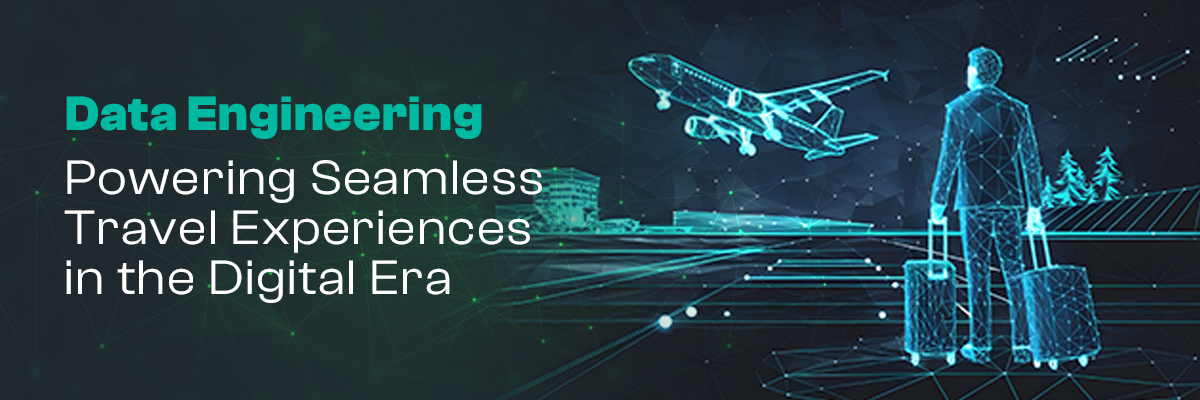There are now so many apps on the market that getting more users isn’t enough anymore. Retention is the real test of how well something works. If people don’t want to keep using your app after downloading it, your marketing might be for nothing. Business of Apps says that it loses 77% of its daily active users just three days after installing an app. That is a massive problem for most companies.
The good news is that keeping users is not a secret. You can build it with thoughtful design, smart usefulness, and emotional connection. This blog post will discuss four practical ways to keep people returning to your app.
4 Powerful Ways to Increase App Retention
Want to make an app that people use every day? These four tried-and-true tactics are behavior, personalization, training, and talking to people. It can help you give long-lasting value, keep users from leaving, and easily turn casual users into brand champions.
Create Habit-Forming User Experiences
For people who only use your app sometimes to become loyal regulars, it needs to fit in with their daily lives without any problems. Behavioral economist Nir Eyal made the Hook Model famous in this situation. It has four parts: an action, an investment, a changeable payout, and a trigger.
- Trigger: This could be a push message, text, or notification that tells people how useful your app is. For instance, Duolingo’s daily prompts push users to keep up their language learning.
- Action: In response, the person opens the app. This action needs to be easy and smooth.
- Variable Reward: Users should be able to expect or enjoy something new every time they use the app. It could be personalized suggestions, awards, or useful new material.
- Investment: Users are less likely to leave an app after a while because it stores their data, preferences, or successes.
Designing with habit-forming loops in mind makes people feel invested and pushes them to use it again. These can turn your app into something you need every day instead of just sometimes.
Personalize Every Interaction
Users no longer want experiences that are the same for everyone. Now that AI and data analytics are commonplace, users expect apps to be very personalized and will reward those who do. A McKinsey study found that personalization can make people up to 30% more likely to keep up with an app.
Here’s how to successfully add personalization:
- Data-Driven Content: Show information, services, or offers that are useful to the person based on their actions and preferences. For instance, custom mixes on Spotify and Netflix’s recommendation engine have become standards in their fields.
- Geolocation-Based Triggers: Travel and service apps greatly benefit from giving ideas, deals, or help related to the user’s position.
- Behavioral Nudges: Look at how people use apps to make smart notifications like “You left a task unfinished” or “Your favorite feature just got an update.”
Personalization not only makes users happier, but it also makes them more emotionally connected and loyal.
Simplify Onboarding and Reduce Friction
You only get one chance to make a good first impression. Research shows that people decide in 30 seconds whether to download an app and in 10 seconds whether to keep it. A training process that is too long, hard to understand, or requires too much can kill interest before it even starts.
This is what a great training process looks like:
- Progressive Onboarding: Instead of putting all of an app’s features at once, add them slowly as the user uses them.
- Skin Options: Don’t make people log in or go through a tutorial. Instead, let them go right to the core features.
- Visual Walkthroughs: To help people do important things, use slides, tooltips, or carousels.
- Gamified Setup: After setting up the app, make onboarding more fun by giving small prizes, badges, or happy graphics.
A fast setup process makes users feel like they’re in charge and appreciated, which makes them much more likely to keep using the app.
Engage Through Smart Notifications and Timely Communication
One straight way to get people to return is to use push notifications, but only if you know what you’re doing. A study found that 50% of users turn off push alerts if they think they are useless or happen too often.
How to do it right:
- Contextual Relevance: Notifications should be based on what users do, what they like, or their time zone. For example, a trip app can send information about flights or interesting places in the area based on the user’s plans.
- Frequency Balance: Don’t make people too busy. Quality wins out over numbers. One helpful word at the right time is better than five spam pings.
- Rich Notifications: To get more people to connect, use pictures, buttons, or quick answers.
- A/B Testing: Test different ways to notify people regularly to find the best one for your audience. This includes writing, time, and tone.
Notifications should be a service, not something that gets in the way. If you do them right, they can get people to come back to the app in a relevant way.
Conclusion
It’s not enough to have a beautiful design or a screen with many features for an app to be one people want to return to. It’s about making something practical, emotional, and simple to use over time. Personalization, habit loops, easy hiring, and smart communication are the must-have tactics.
Jet2 Travel Tech is an expert at making retention-first mobile apps that do more than just download and keep users engaged for a long time. Our team will ensure that your digital product becomes a part of your users’ daily lives, no matter what app you make. Are you ready to make an app that people will want to use repeatedly? Together with us, you can make it possible!


